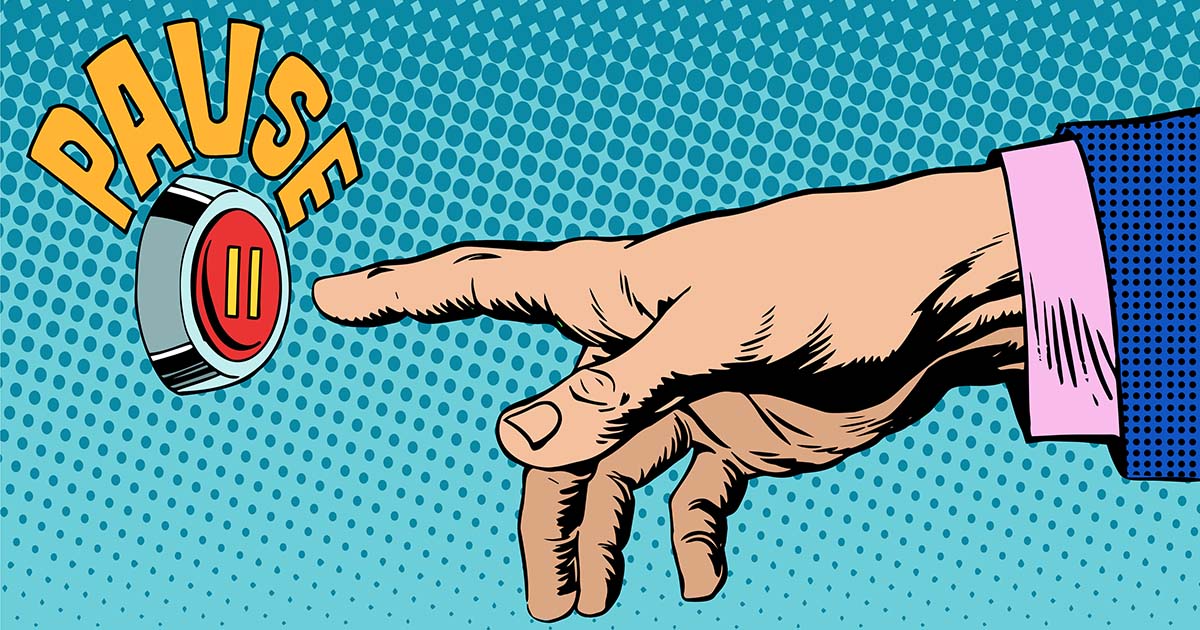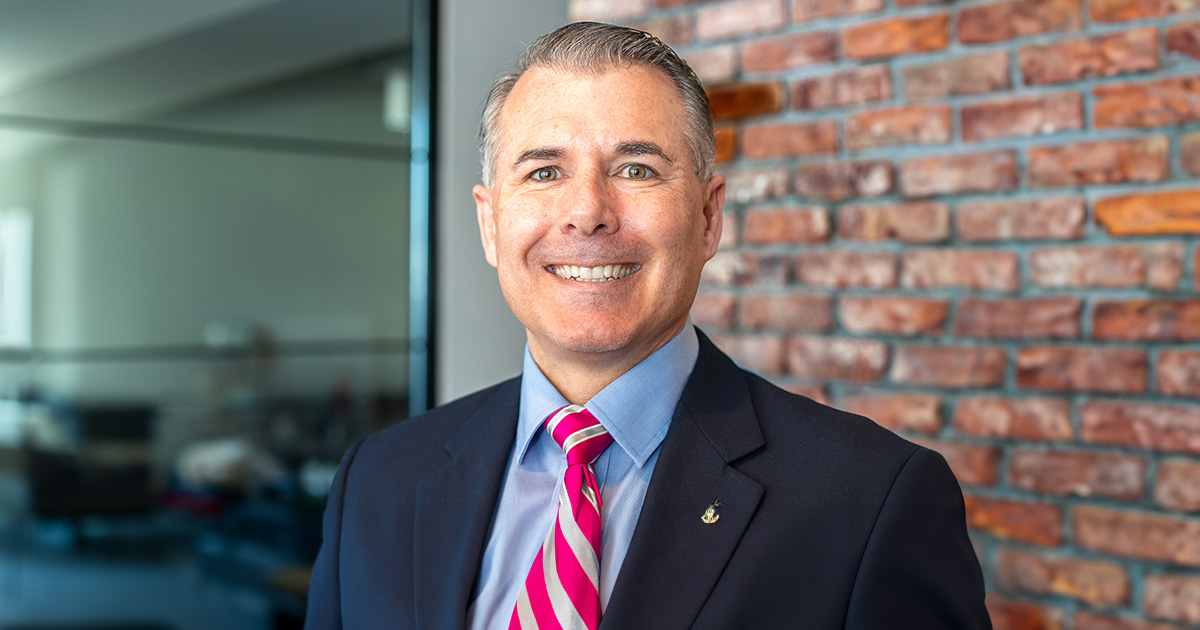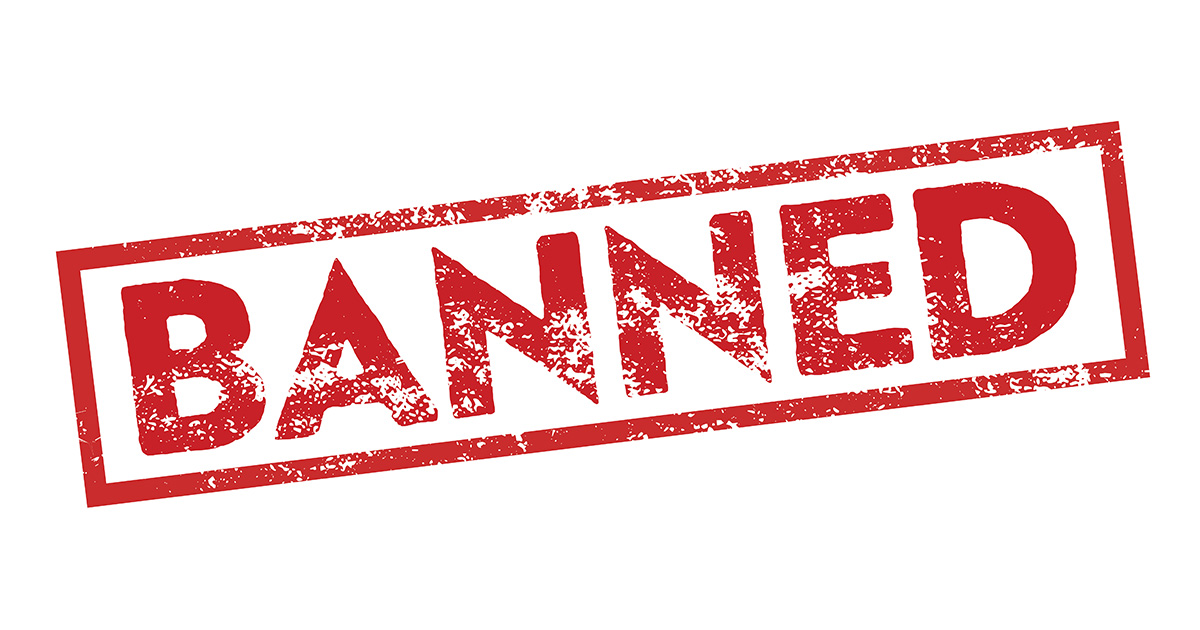A COMPREHENSIVE GUIDE TO OUR ENVIRONMENTAL RESOURCES FOR DRYCLEANERS AND PROFESSIONAL LAUNDERERS

We’ve discussed a lot of topics pertaining to drycleaners over the years, and I hope that the information has been helpful. There has been the full gamut of information regarding the process of dealing with contamination related to drycleaning operations. The primary focus, of course, has been on how to manage liabilities and costs associated with a subsurface release of Perc. The focus has been here, largely due to the fact that Perc releases are the most complicated, the most expensive to remedy, and present the greatest amount of risk to owners and operators of drycleaning facilities and associated properties.
It is so important to find a scientifically and strategically sound technical representative to guide you through the process of evaluating the extent of your contamination problem, and to help you choose the right remediation approach. If you’re just getting started in the environmental closure process, or you want to revisit my advice on making sure you have the right help, you’ll find some ideas in this article.
I wrote about the subsurface investigation process in these articles:
- Environmental investigation 101: Understanding PCE contamination
- How to be prepared for an environmental investigation, even during an economic downturn
- Vapor Intrusion Assessments: Can You Trust Your Indoor Air Data?
- Vapor Intrusion: Who’s DEFAULT is it?
- 5 Things to Know about Vapor Intrusion, Your Home, and Your Health.
Sometimes it can be confusing or frustrating that it takes a long time to get your arms around a sizeable soil or groundwater plume. The above articles should give you a better understanding as to why it’s so complicated.
We also discussed remediation technologies and regulatory closure strategies in these articles:
- Setting Your Environmental Investigation and Remediation Priorities
- The environmental consultant’s remediation tool belt for dry cleaners
- Environmental cleanup 101: Understanding what to expect during the remediation process
- Environmental contaminant removal vs. environmental risk management: When spending money saves money
- Rolling the Dice for Regulatory Closure—3 Rules on How to Hedge Your Bets and Come Out a Winner
- Risk Based Closure; What Is It and Is It Right for Your Situation?
- Understanding the regulator’s perspective at perc sites
- Why should drycleaners stay away from diluting perc contamination?
- What you need to know when addressing environmental contamination
- How clean is clean enough? Regulatory closure vs. environmental cleanup.
There is a lot of information in these articles related to risk-based closures and more active closures. You may recall that a risk-based closure is one where a primary mechanism for regulatory closure is a demonstration to the agency that there is no direct human exposure or harm being done as a result of the contamination’s existence. These approaches are fine to get closure, but they don’t actually cleanup your property to a significant degree. EnviroForensics has also done a substantial amount of data research and analysis that show once you factor in the cost of long-term monitoring to ensure that exposure control methods remain viable, active cleanup approaches that remove contamination from the property are actually cheaper than risk-based approaches.
We explored the wide range of legal risk that the owner and/or operator of a former Perc shop may have to contend with as a result of an environmental release from your plant or someone else’s in these articles:
- How to protect yourself from other people’s perc contamination
- Environmental forensics: Why dry cleaners need to know about it
- How to pinpoint when a Perc release occurred
- The Value of an Environmental Cleanup
When the stigma of environmental contamination at a drycleaner site gets out in front of actual investigation and cleanup, operators and owners are subject to a whole host of different types of legal liability from multiple sources.
The high cost of cleaning up and dealing with a Perc contamination problem has been covered in many of the articles I’ve written for The Cleaner & Launderer, but expense was the focus in these articles:
- What makes cleaning up perc spills so expensive?
- The Unbalanced Cost of PCE Spills
- How to be prepared for an environmental investigation, even during an economic downturn
You know as well as I do that those decisions based on impact to the profit and loss statements are a huge part of any business. The fact remains that the investigation and cleanup of environmental contamination caused by a release of Perc is extremely costly. Look through these articles again and ask yourself what your plan is going to be if you discover a Perc problem.
Updates on developments in the environmental world that are impacting drycleaners were provided in these articles:
- Emerging Contaminant Alert for Dry Cleaners: PFAS is the New Bad Guy in Town!
- Emerging contaminant update: PFAS regulations start to develop at state level
Time marches on, folks, and I know it may not always seem like it, but the science related to the toxicological effects of chemicals we are exposed to gets better all the time. New contaminants of concern and revised health-based cleanup levels will be a constant moving forward.
As industry trends and reader input turned an interested eye toward business succession plan topics, we also spent some time talking about the environmental aspects of this process in these articles:
- The number one mistake drycleaners make in real estate transactions
- How to sell your dry cleaning business in three steps
- How drycleaners can maximize value in real estate transactions
- How to plan for your drycleaning plant decommissioning
- What to consider when letting a former drycleaning property
When you stop and think about it, nearly every old environmental problem is related to buying, selling, or owning a piece of property. Maybe not yours; but someone’s. The intentional or accidental transference of environmental liability along with commercial real estate is one of the driving forces behind the entire environmental industry. It was designed that way as a method of ultimately evaluating all old industrial properties. Please get help during a property transaction. You may think you understand the game, but the playbook is complicated, and you can only score big if you stay on offense.
Finally, I’ve tried to sprinkle in some of my own commentary related to drycleaners and how our clients have worked through the gut-wrenching decisions that they must make when they decide to take-on a contamination issue headfirst in these articles:
- Reflections on a Recession: What we saw in 2008 and after as an Environmental Consulting Firm
- How to be a good neighbor during an environmental cleanup on a drycleaning property
- Will perc have a lasting impact on the drycleaning industry
Listen, I get it. Nobody wants to poke the bear. Ya’know….my mother was an amazingly pragmatic woman. What she told me often was, “It is what it is,” and “You gotta do what you gotta do.” When it’s time to do what you gotta do, give me a call. We’ll help you through.
Contact us with your question about the environmental cleanup process.
As seen in Cleaner & Launderer



